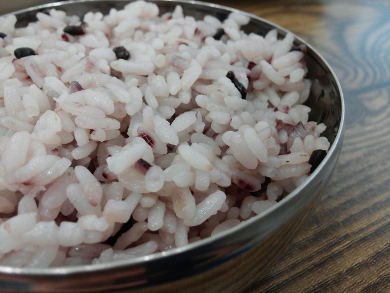Dominique Van Der Straeten and colleagues, Ghent University, Belgium, developed a rice prototype in which folate (vitamin B9) remains stable during long storage. Folate deficiency causes serious health problems in developing countries and is also associated with Alzheimer’s disease, cardio-vascular diseases, and the development of a range of cancers.
The team used two strategies. The first involved binding folates with a protein. The folate binding protein protects folate from degradation in milk, but is unknown in plants. The team expressed a synthetic gene in the rice grain which is based on a folate binding protein from cow’s milk. This stabilizes the folate content of rice during long-term storage.
In the second strategy, the last step in the folate production is stimulated so that the tail of the folate molecule is extended. This promotes cellular retention and binding to folate-dependent proteins. Besides enhancing folate stability, the new gene combinations also increased folate levels up to 150-fold compared to regular rice.
Since all genes used were placed next to each other on a single piece of DNA, this piece of genetic material can easily be transferred to edible rice varieties. Additionally, it is fairly easy to make combinations with other interesting traits, such as the enhancement of other vitamins or minerals such as iron. According to the researchers, this technology can also be used in other crops, both cereals (e.g., wheat, sorghum) and non-cereals (e.g., potatoes, bananas).
- Improving folate (vitamin B9) stability in biofortified rice through metabolic engineering,
Dieter Blancquaert, Jeroen Van Daele, Simon Strobbe, Filip Kiekens, Sergei Storozhenko, Hans De Steur, Xavier Gellynck, Willy Lambert, Christophe Stove, Dominique Van Der Straeten,
Nature Biotechnol. 2015.
DOI: 10.1038/nbt.3358




